Dear Editor:
David Alan Johnson’s article, “Pearl Harbor Revenge” (December 2008 issue) was interesting to read, as most books and articles on the Battle of Leyte Gulf focus primarily on Taffy 3’s escort carriers, destroyers, and destroyer escorts trying to hold off Admiral Kurita’s Center Force.
I found it ironic that one of the Japanese warships sunk was the destroyer, IJN Yamagumo, which sank the submarine USS Sculpin in the Gilbert Islands, just prior to the start of Operation Galvanic, on Nov. 19, 1943.
In his book, Pigboats, Theodore Roscoe describes the action by which Sculpin was depth-charged while attacking a Japanese convoy. Badly damaged, Sculpin battle-surfaced to shoot it out with the destroyer. With mounting casualties and taking numerous hits, the diving officer, Lieutenant G.E. Brown who had succeeded to command when the skipper, Commander Fred Connaway was killed, ordered her scuttled. Forty-two of Sculpin’s crew got over the side and were taken prisoner by the destroyer. One of them was immediately thrown back into the sea by his captors because he was badly wounded.
So the sinking of Yamagumo at Surigao Strait might be considered revenge for the crew of Sculpin.
Wallis R. Chapin
Kirkland, Washington
POW Escape in Arizona
Dear Editor:
“Escape into Arizona’s Desert,” (Top Secret, Dec. 2008) is very familiar to me. I have been a member of the “Papago Trackers” (PT) historical group for about 20 years. PT was founded to research and record the many uses of this huge municipal park which is in both Phoenix and Tempe, Arizona, and which abuts Scottsdale along much of its eastern boundary. For about a year, I have been the official spokesman for the PT as regards the POW escape. I have spoken to many groups, with audiences ranging from 50 to over 200; most are veterans’ organizations, but I also tell many other organizations about the escape. I have all of the research material, pictures, interviews with escapees and notes taken by Lloyd Clark, a retired reporter for the Phoenix Gazette. Lloyd was the PT spokesman for many years and wrote about the escape as it happened. He traveled to Germany seeking more information, meeting with and befriending the leader of the escape, Jurgen Wattenberg. He became very well versed about the entire escapade and is the person primarily responsible for the reunion mentioned in the article.
Unfortunately, I must also point out some errors in this article: The earlier, major use of the park was as a Civilian Conservation Corps (CCC) camp from the early 1930s until 1942, when it was deactivated due to WW II. As a kid, I was all over the area—my father was the CCC camp commander in 1937 and again from January, 1941 until he was involved with the closing in 1942. After a short hiatus, the CCC camp became the POW camp. Although it was enlarged for its POW function, much of the necessary infrastructure was already there and ready for use.
The picture on page 32, purporting to be of the entrance to the tunnel, is actually the exit. The entrance was next to a coal bin inside the camp and had no plant growth around it—only dirt, pieces of coal and coal dust. (I have a picture of it.)After exiting the tunnel, the escapees slipped into the nearby Crosscut canal and waded south about three quarters of a mile to an area where they could change into civilian clothes and bury their muddy prison clothes. (Wading in the canal also left no tracks to be followed.) Only then did 22 of the 25 strike out across the desert toward the Salt, Gila, and Colorado Rivers.The others went into the hills Northwest of the camp and stayed in a cave.
It is unfortunate that the author and/or your editors did not devote more space to this story and less to “Breaking Down the Door,” which was interesting, but 12 pages in length and too long. There are many more interesting aspects to the “Escape”—too bad they were not a part of the story. (They are well documented in the book Faustball Tunnel, which the author obviously used for research and in the material given to me by Lloyd Clark.)
Sorry to have to take you to task again, but this time some of the errors hit really close to home.
Lou Linxwiler
Mesa, Arizona
Spitfire Misidentification
Dear Editor,
The aircraft in the painting at the top of page 10 for the Ordnance article “The Superb Supermarine Spitfire” (December 2008 issue) is not a Spitfire. It is a Dewoitine 520 fighter built by the French and entered into service in January 1940. It was the latest French design and closely matched the Hurricane and Bf-109 in performance. It continued to fly with the Vichy French in 1941 and 42. Besides the profile of the aircraft in the painting identifying it as French, it has the French roundels of (in to out) blue-white-red, whereas the British roundels were red-white-blue.
Frank R. Shirer (US Army Retired)
Ft. Washington, Maryland
Dear Editor:
I really enjoy reading WWII History—good writing, diverse topics & fine graphics. Every once in a while, though, a clanger creeps in.
The December issue has a nice piece on the Spitfire by Sam McGowan, but someone has led him astray. Above the lead, there’s an image that’s identified as a British Spitfire, but in fact it’s a French Dewoitine D.520. There are differences in contours to be sure, but the main giveaway is easy: the airplane is marked with blue-centered French cocardes, rather than the red-centered cocardes used by the RAF.
George Cully
Montgomery Alabama
We got over 30 letters pointing out our mistake in identifying the the plane in the above painting as a Spitfire. The source misidentified the plane and we didn’t catch the error. Sam McGowan is is no way responsible; if he had seen the painting he would have set us straight. Thank you all for keeping us honest. We’ll try to do better in the future.
Note: Opinions expressed in “Dispatches” do not represent those of the writers, editors, or staff of WWII History or Sovereign Media.
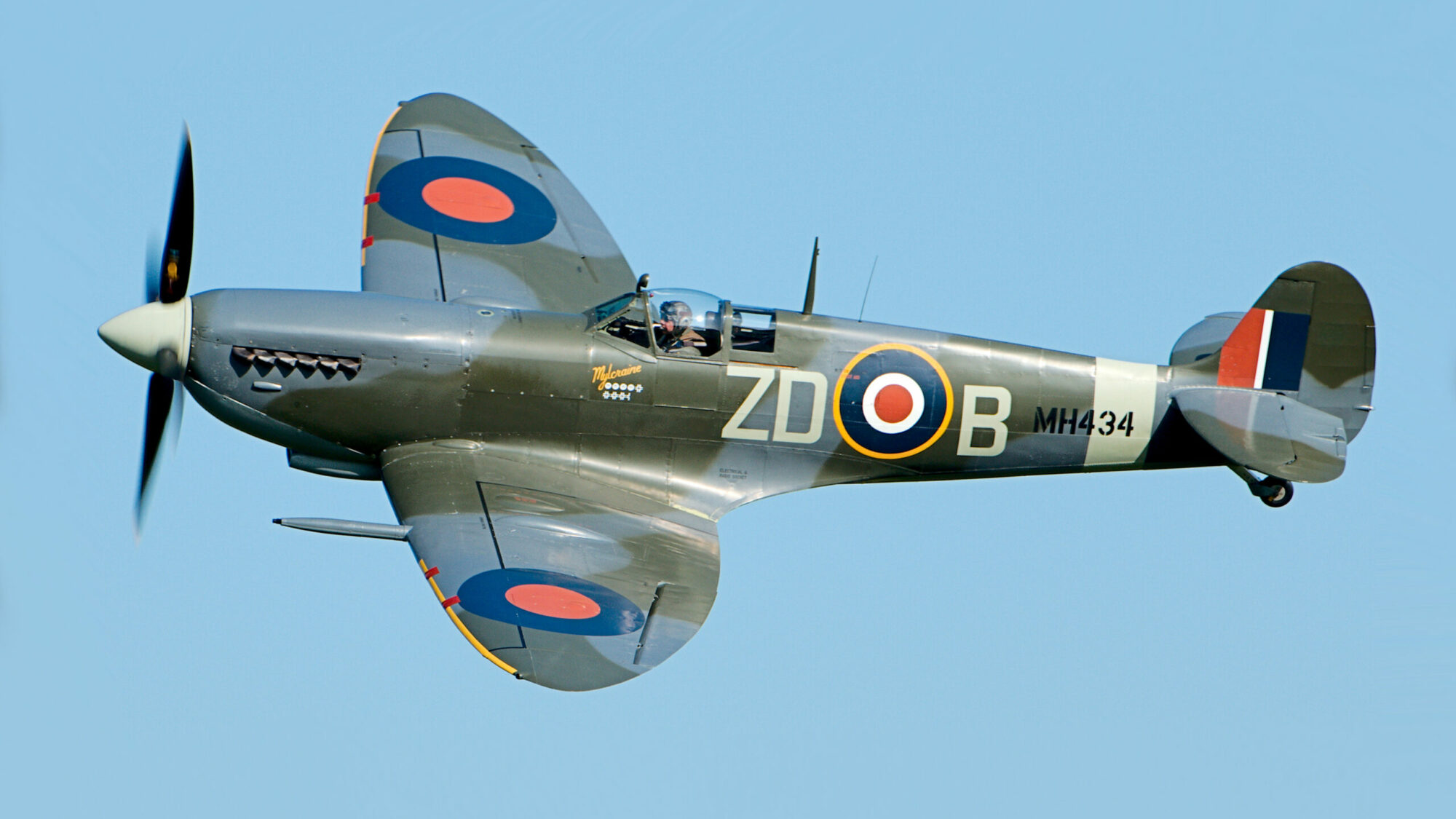
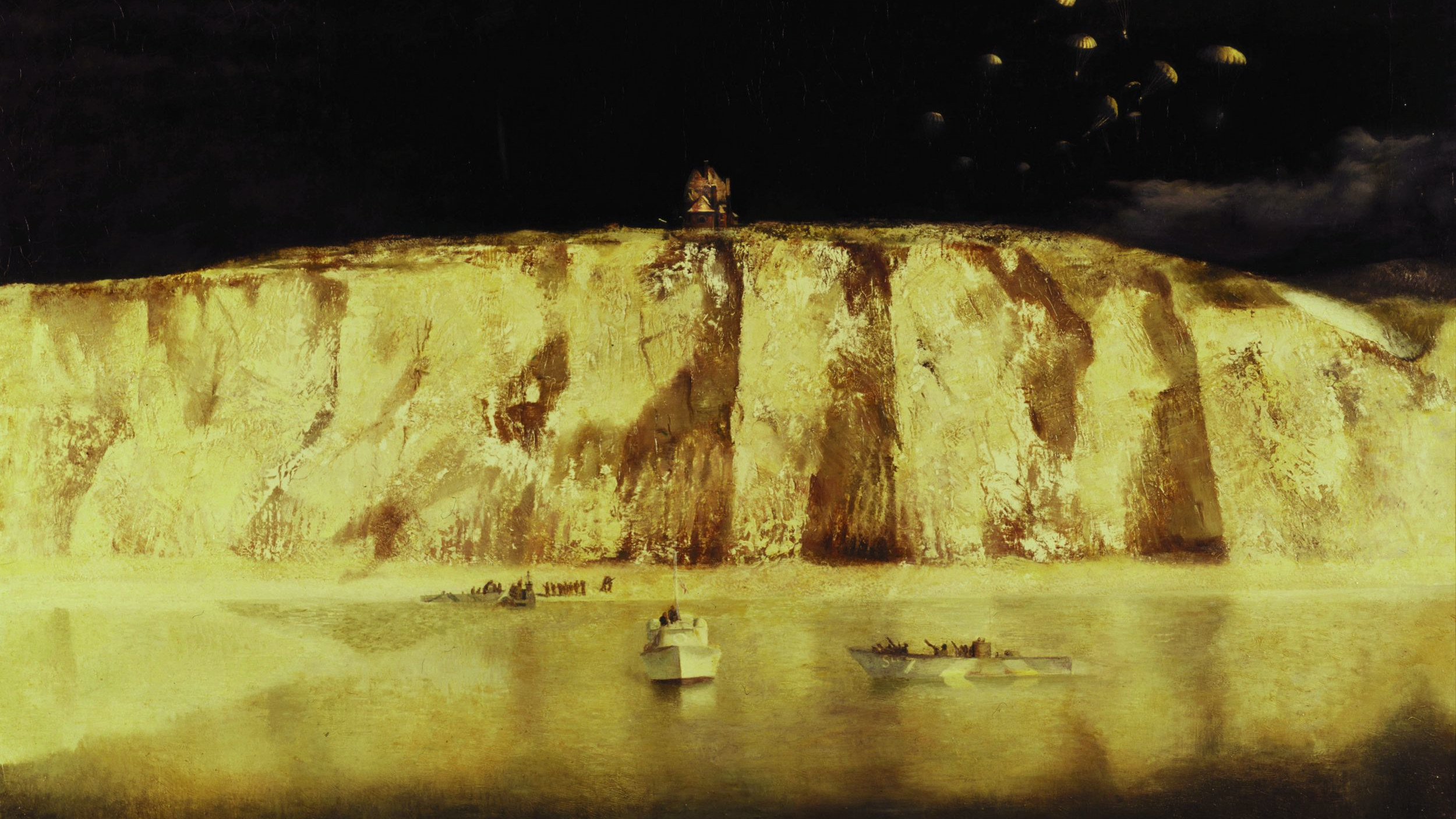
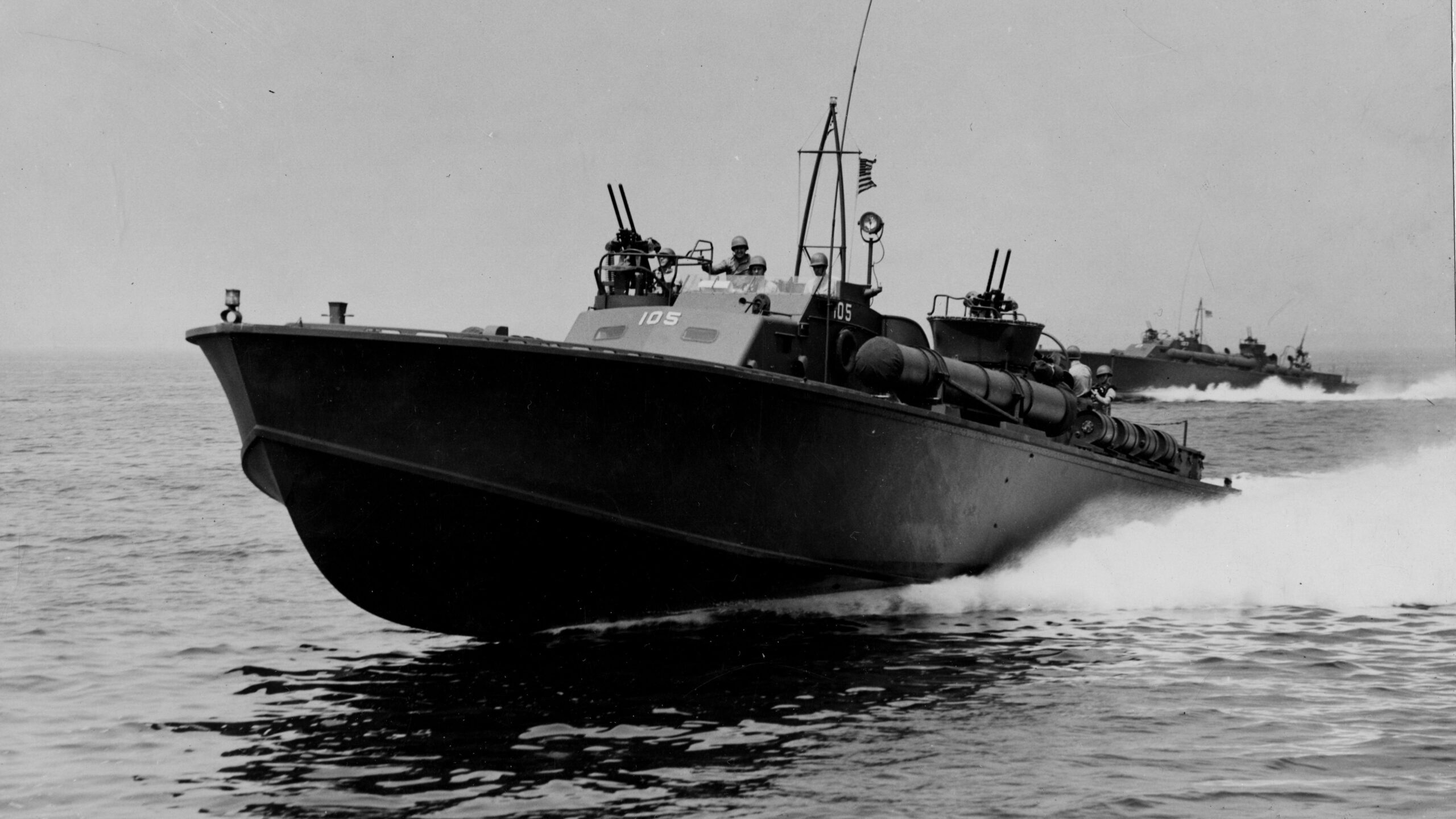
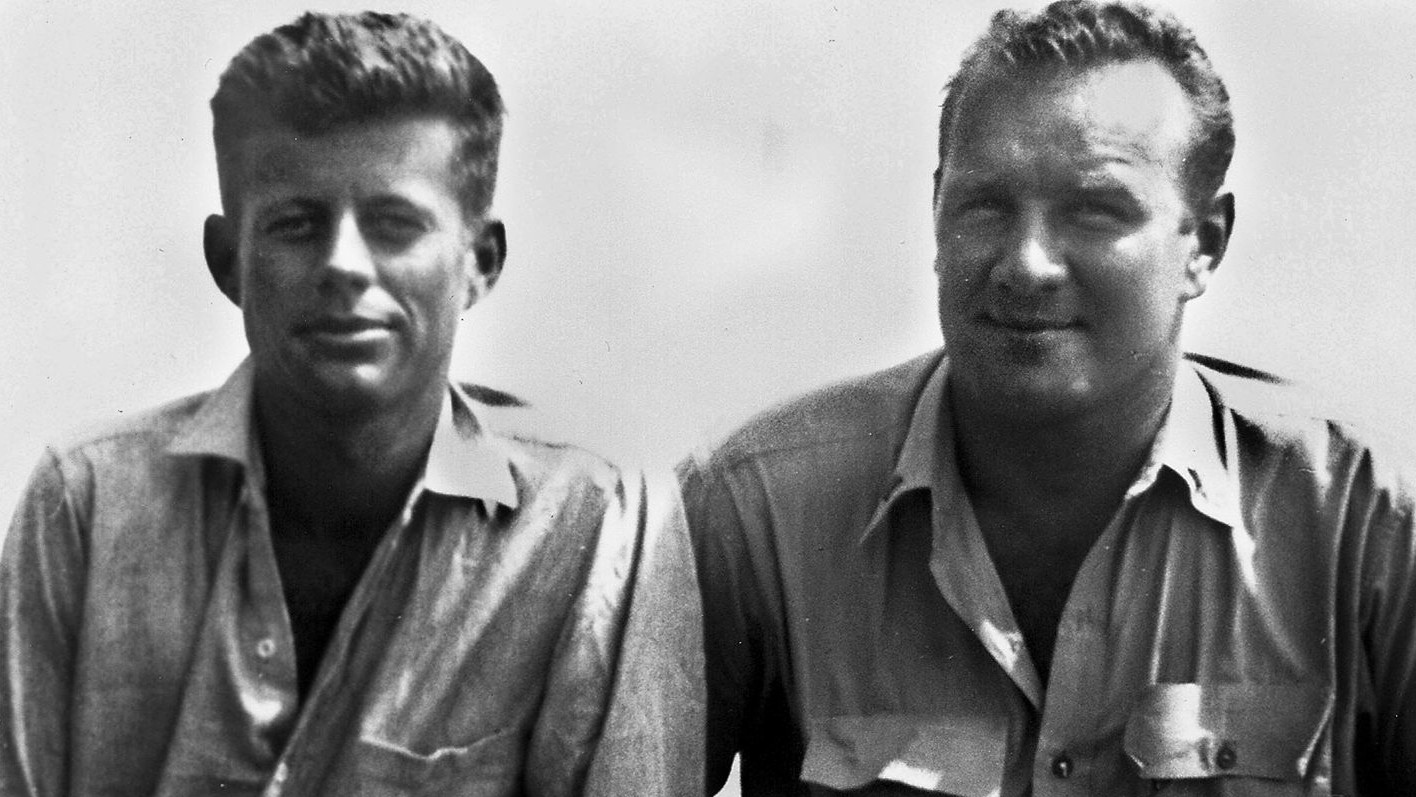
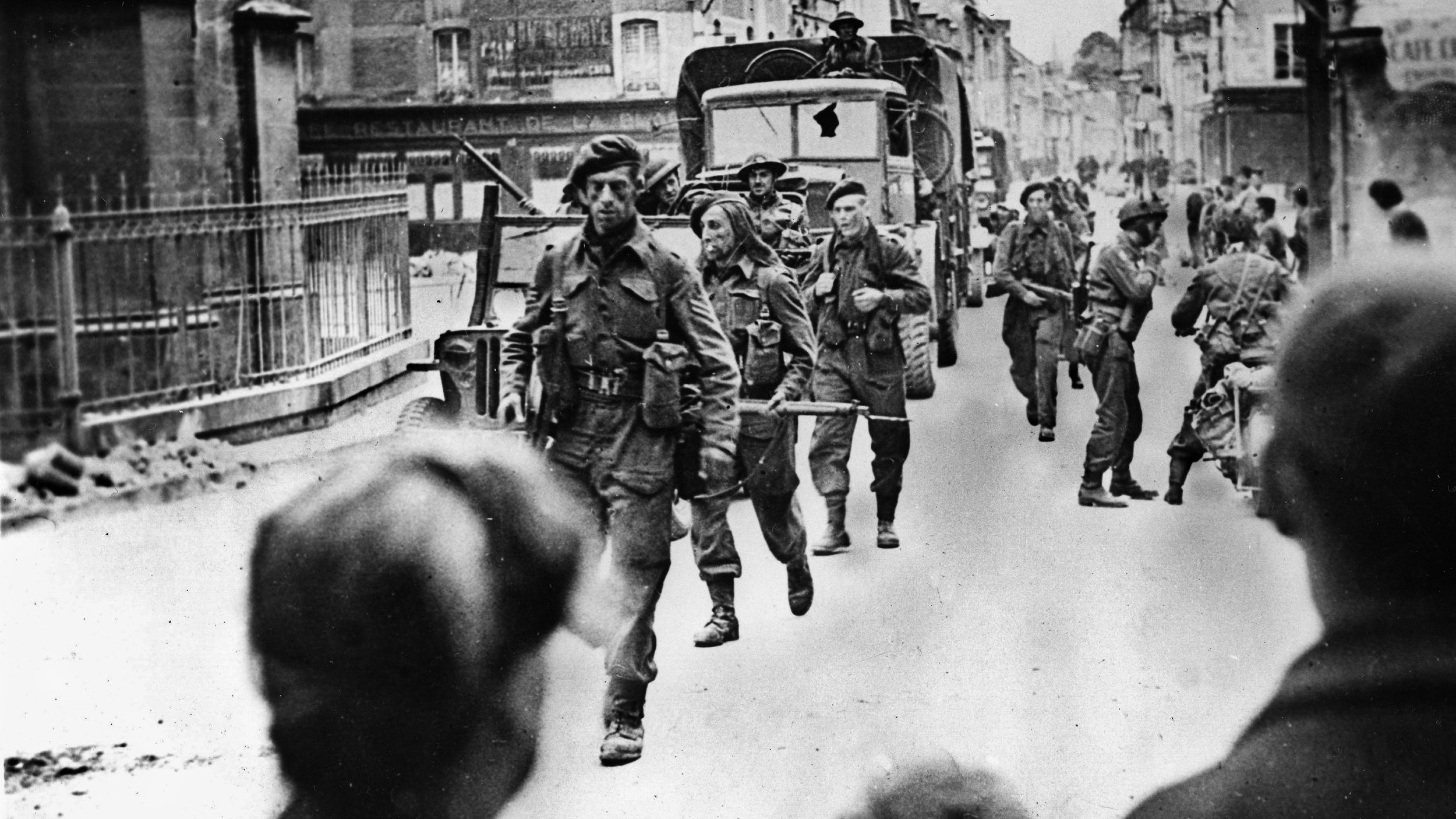
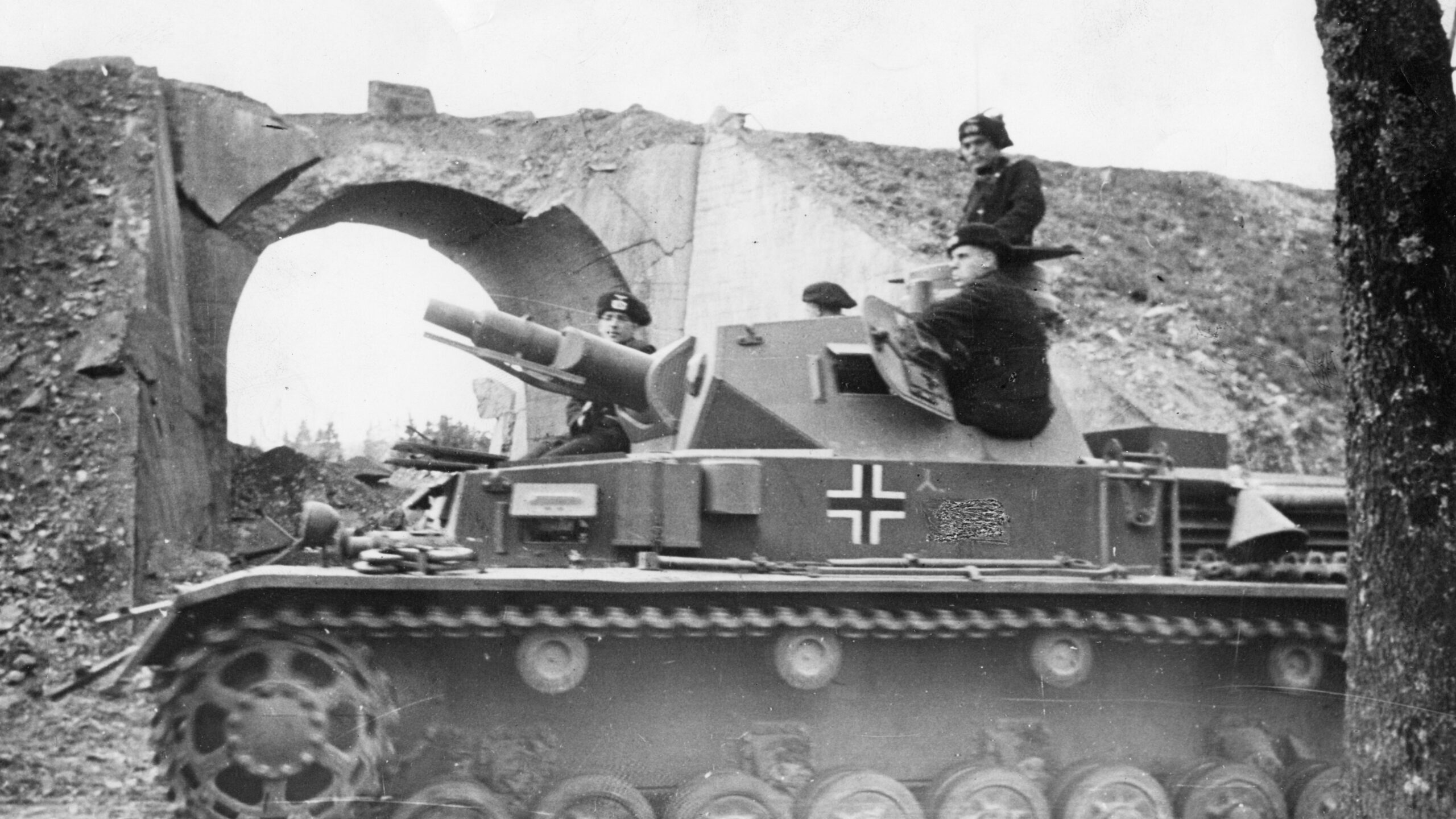
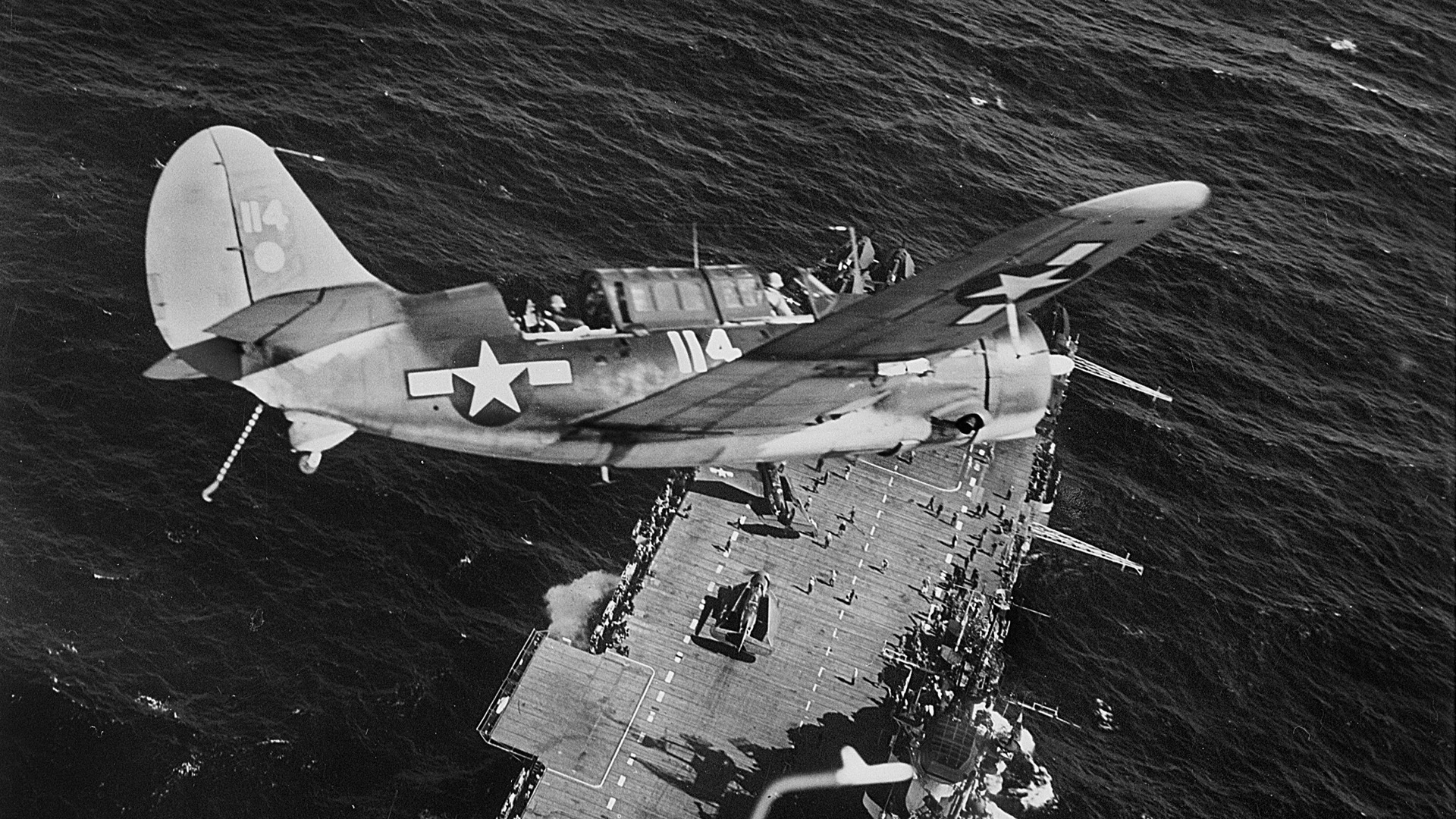
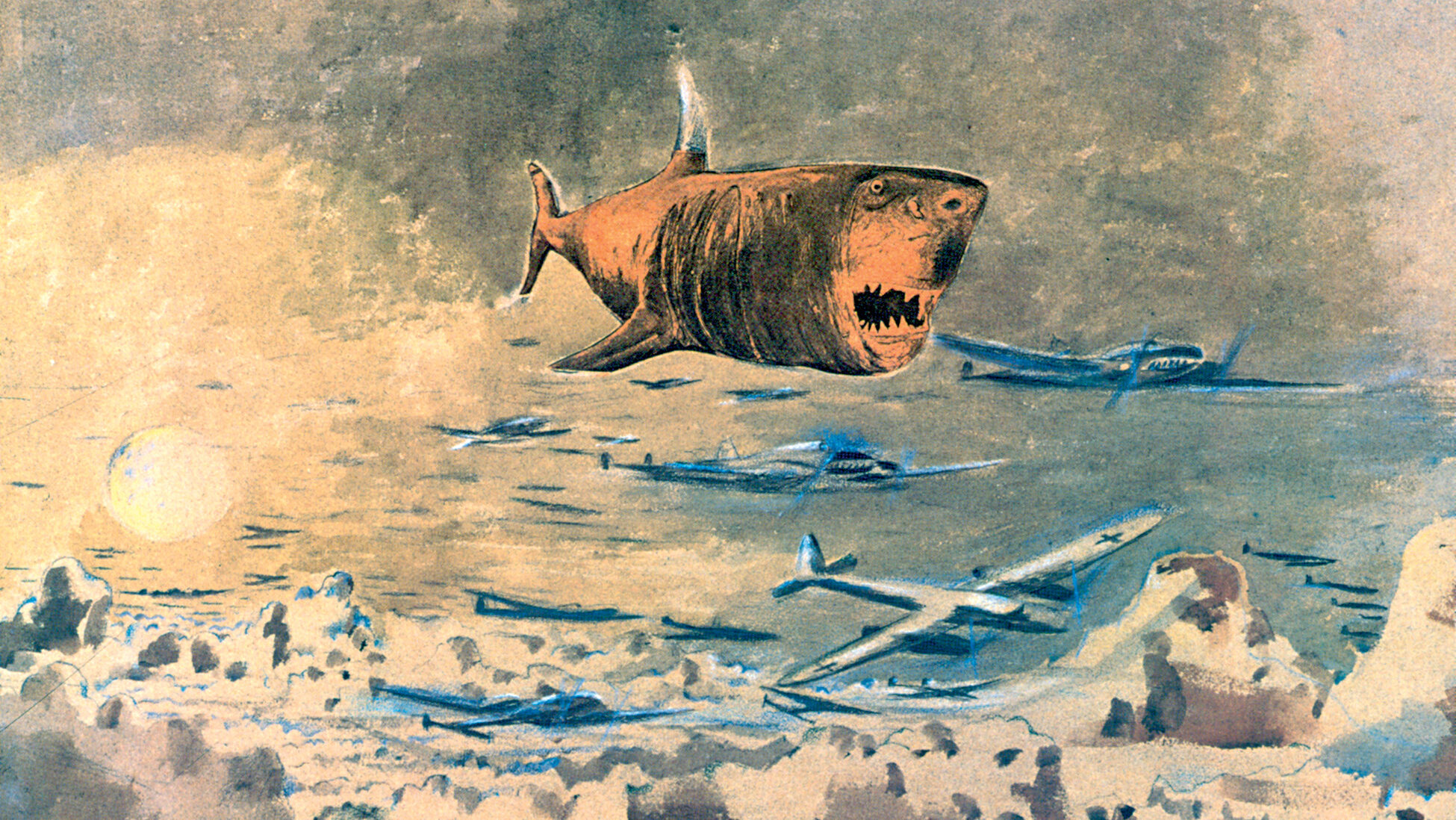
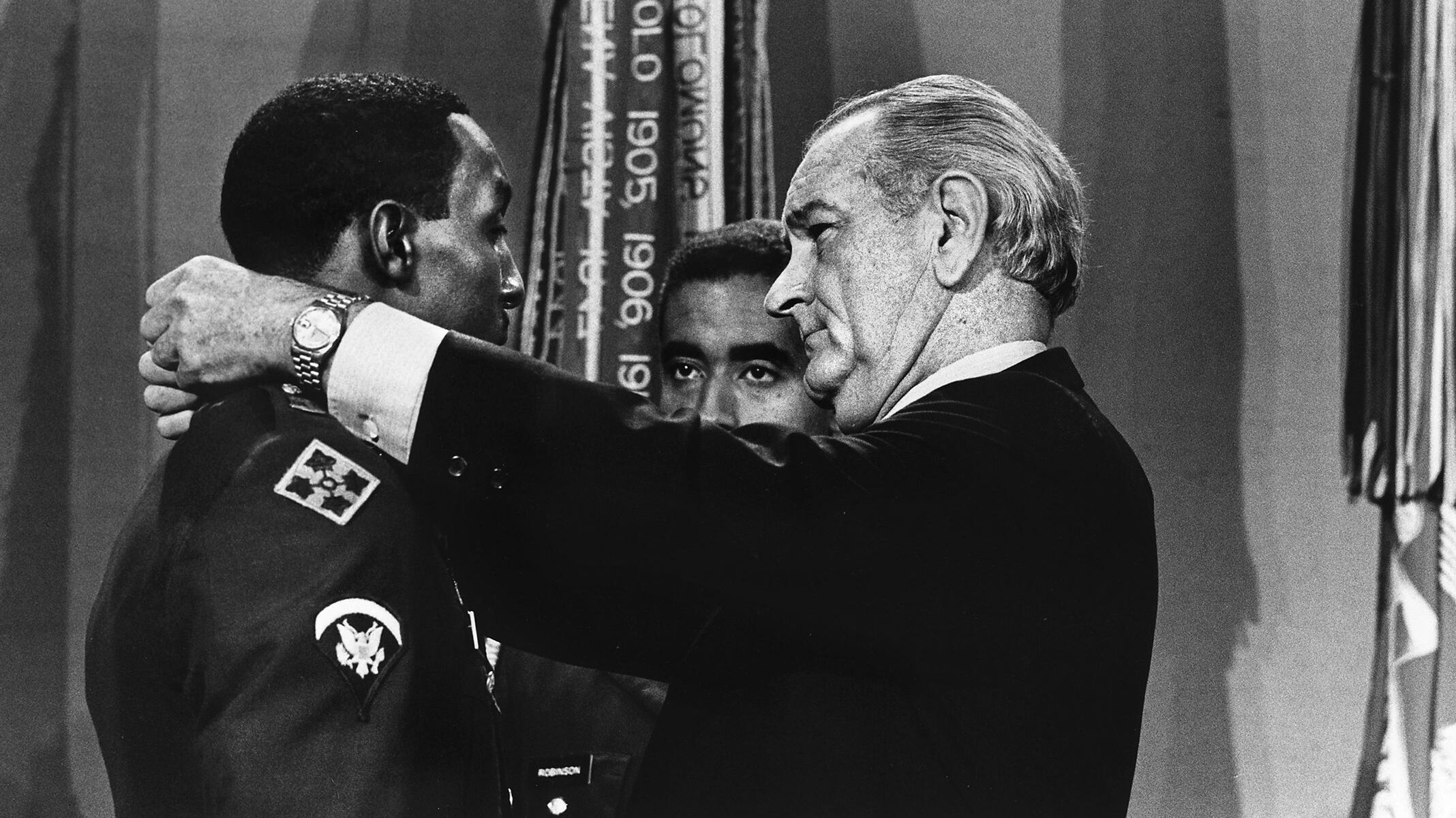
Join The Conversation
Comments
View All Comments